Mussel-Shrimp Sperm Looks Like Angel-Hair Pasta
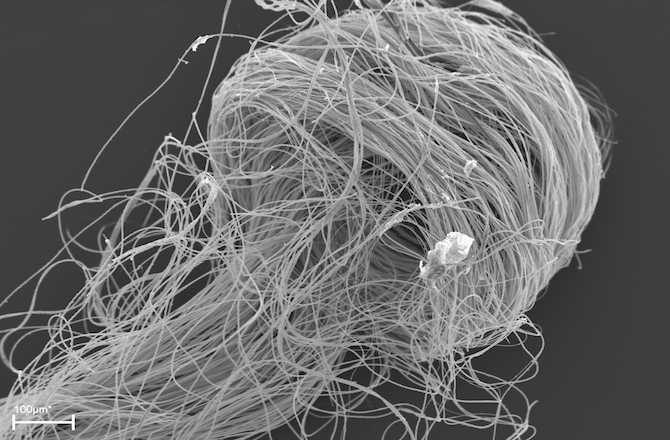
© Renate Matzke-Karasz, Ludwig-Maximilian University and the Geo-Bio-Center
Paleontologists have just discovered the world's oldest-known petrified, fossilized sperm, according to a paper published in the latest issue of the Proceedings of the Royal Society B.
The sperm dates to at least 16 - 17 million years ago and was found in a near-perfect state of preservation. The researchers often use one word to describe it: "giant."
"The animal that produced these giant sperm belongs to the class of Ostracoda, or mussel shrimp," lead author Renate Matzke-Karasz, a paleontologist at the Ludwig-Maximiliian University and Geo-Bio Center, told Discovery News, explaining that these hearty animals and their relatives have been on Earth for at least 500 million years.
Male mussel shrimp have industrial-strength sperm, which could explain why these animals have been around for so long. While it looks like angel hair pasta and strands are less than an inch in length, the sperm is enormous relative to the size of its male producer.
Ostracod Sperm Functions Like Human Sperm
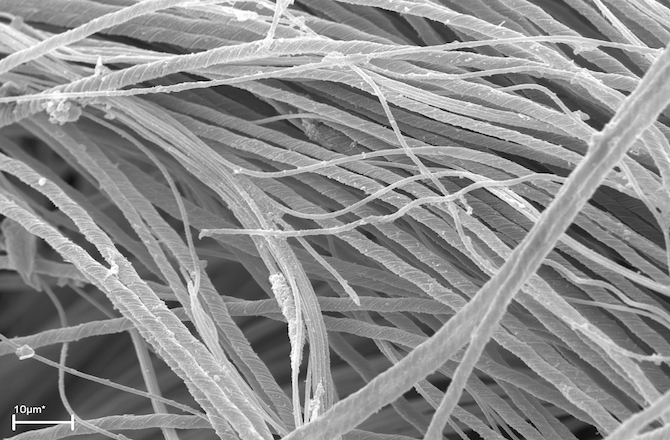
© Renate Matzke-Karasz, Ludwig-Maximilian University and the Geo-Bio-Center
Other ancient sperm belonging to different species has been found, but it wasn't truly "petrified" in the sense of being mineralized while lying in sediment, Matzke-Karasz explained to Discovery News.
Earlier "reported finds of sperm in the fossil record consisted of two occurrences of ostracods' sperm just a few thousands of years old, plus one of insect sperm preserved in amber from the Baltic," David Siveter, a professor of geology at the University of Leicester, told Discovery News. He was not a part of Matzke-Karasz's team, but is an expert on such early fossils.
Matzke-Karasz said that ostracod sperm is distinctive from human sperm in appearance.
"Human sperm have a head and a tail," Matzke-Karasz explained. "The nucleus is in the head, and the tail is for moving. In ostracod sperm, the nucleus (plus some other material) is a long rod, extending from one end to the other of a filamentous sperm."
She added that the sperm is spiraled, "so that a fully mature sperm actually forms a helix and has a rope-like external appearance."
Its Entire Body Is Encased in a Shell
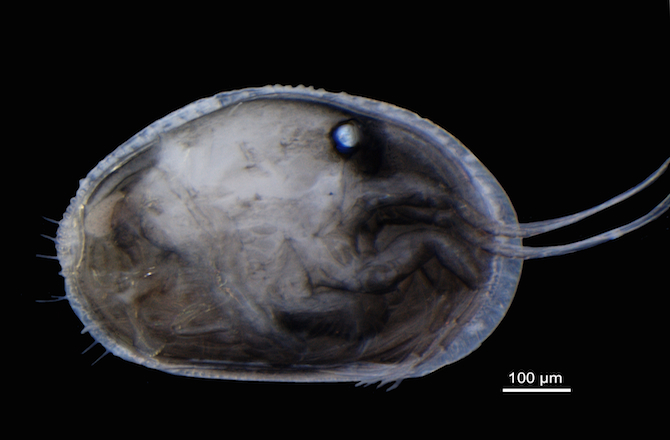
© Renate Matzke-Karasz, Ludwig-Maximilian University and the Geo-Bio-Center
Like a mussel, the ostracod has a two-part shell. "The two valves (or shells) can be opened or tightly closed, such as when an individual is in danger," Matzke-Karasz said. "When closed, their typical crustacean appendages are completely hidden in the carapace."
Here, an x-ray permits a view of the animal's body within its shell.
Two Penises or Two Vaginas
Ostracods have what is known as a "paired reproductive system." Each side of the body has a penis or vagina, depending on whether the individual is male or a female.
Mussel-Shrimp Sex: It's Complicated
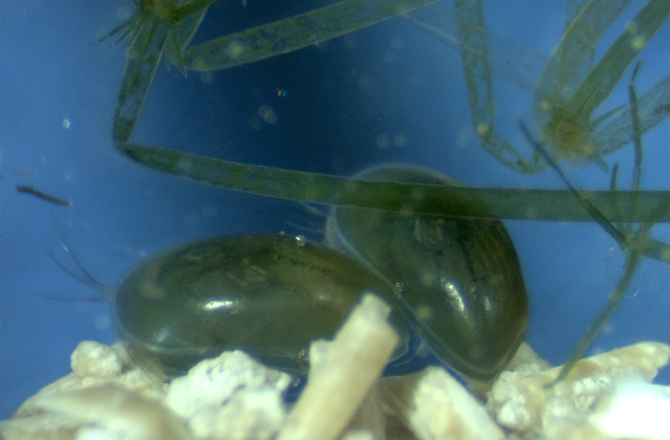
© Renate Matzke-Karasz, Ludwig-Maximilian University and the Geo-Bio-Center
Mating can be challenging enough for many species, but it's doubly complex for an animal where males have two penises and females have two vaginas.
"Non-marine male ostracods try to get firmly attached to the females by using their so-called clasping organs," Matzke-Karasz said. "These are two hook-like appendages, which are introduced into the female's posterior carapace opening.
The male swings its paired penis and attempts to attach them to the two vaginas and pumps sperm cells into the female.
"After five to ten minutes, the male might take a break in insemination, but it tries to keep attached, even if the female starts to swim around. After a while, the male might start a new phase of insemination, or the female just shakes it off."
The Fossils Are Incredibly Well Preserved
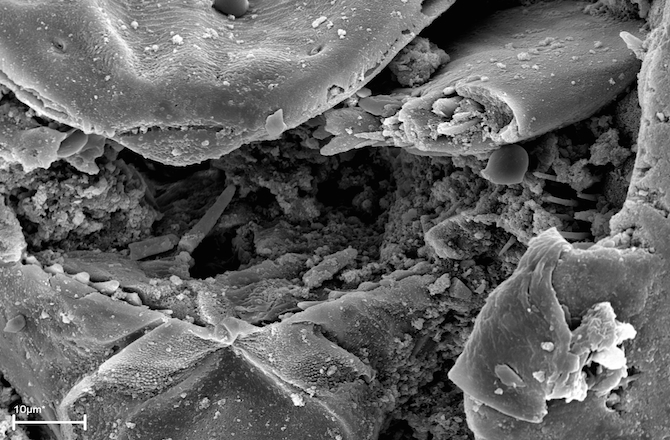
© Renate Matzke-Karasz, Ludwig-Maximilian University and the Geo-Bio-Center
The ostracod sperm and other related fossils are "phosphatized." This means that the original organic material was replaced after embedding and before decay by what are known as phosphatic minerals.
"The extremely fine preservation down to the sub-cellular level that was found here is something special, and we posit that it is related to a very high level of phosphor surrounding the ostracods," Matzke-Karasz said. She added that this mineral came from literally tons of bat poop that fell down on the dead animals and their sperm.
Even Tiny Details Are Visible
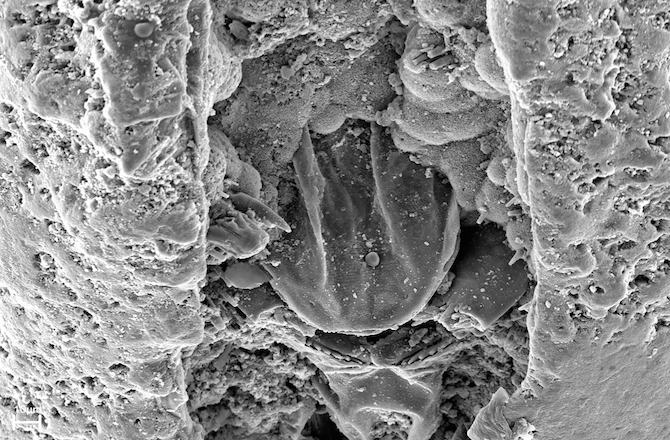
© Renate Matzke-Karasz, Ludwig-Maximilian University and the Geo-Bio-Center
A form of high-powered x-ray was able to detect minute details in the discovered fossils. This photo shows parts of the animal's "petrified" sperm and body.
Dave Horn, a professor of micropaleontology at the University of London, told Discovery News that the fossilized sperm preserves "astonishing levels of detail. No one knows why ostracods have giant sperm or how they originated, and the new evidence that they have been around for millions of years only adds to the mystery."
Matzke-Karasz said that certain other animals also have "very long sperm." These include some types of flies, moths, beetles and mussels. As for why such giant sperm evolved, she agrees with Horn that the answer is still a mystery.
It could have to do with competition between males, or lack thereof. It could even be due to females "provoking the evolution of longer sperm, such as by developing reproductive organs that require a certain sperm length."
Up-Close Look
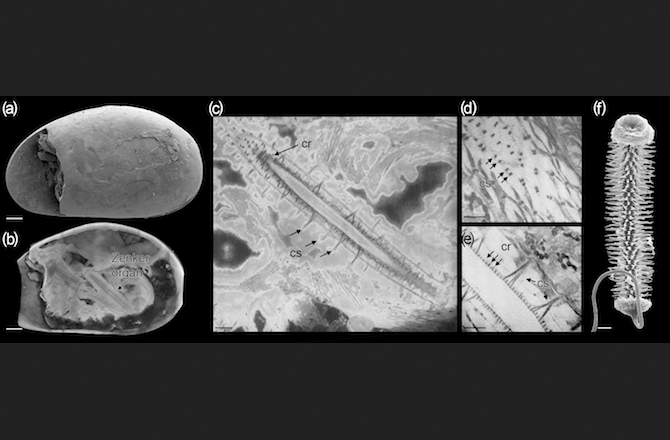
© Renate Matzke-Karasz, Ludwig-Maximilian University and the Geo-Bio-Center
This image shows one of the 17-million-year-old ostracod males on the left. The "Zenker organs" are the male's sperm pumps. The middle image is a closeup. Tiny spines and tubes associated with the sperm pump are highlighted just to the right of the middle photo. The photo to the far right is of one of the complete sperm pump skeletons. It shows the incredible state of preservation in which these fossils were found.
The Fossil Site As It Appears Today
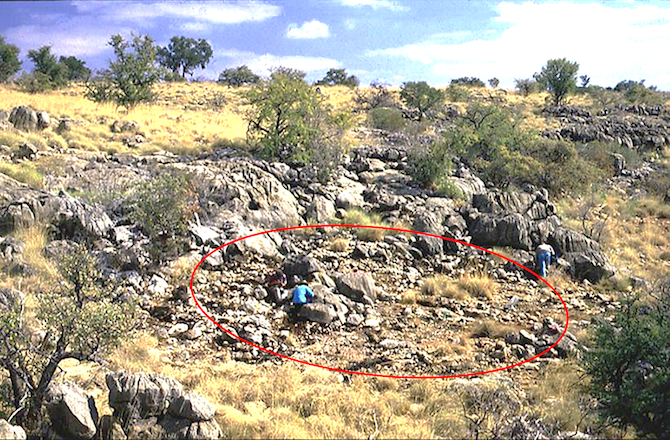
© Renate Matzke-Karasz, Ludwig-Maximilian University and the Geo-Bio-Center
All of the fossils were found at the Riversleigh's Bitesantennary Site in northwestern Queensland, Australia. The site represents a cave that, 17 million years ago, would have been open to light -- and partly contained standing water. The cave also clearly provided a refuge for bats, in addition to the ostracods, since the remains of thousands of bats and their poop were found with the ostracods.
Reader Comments
to our Newsletter